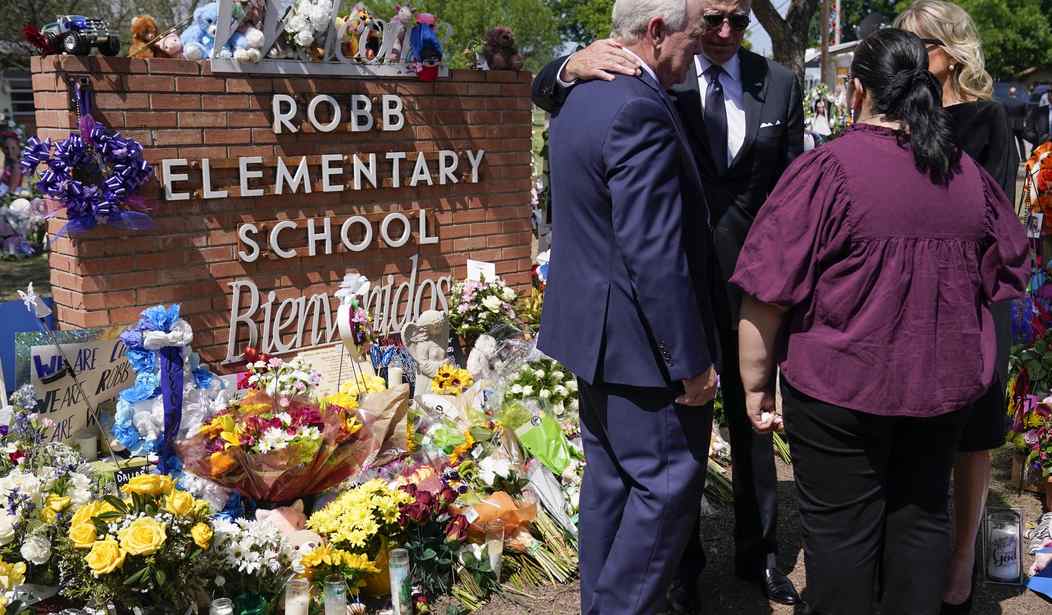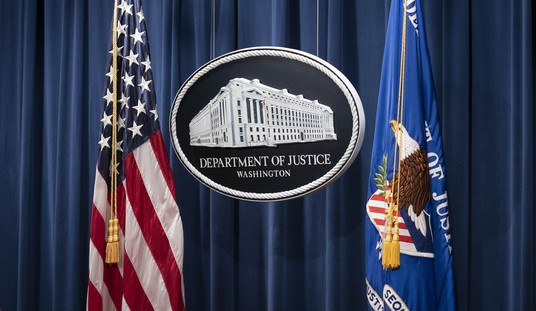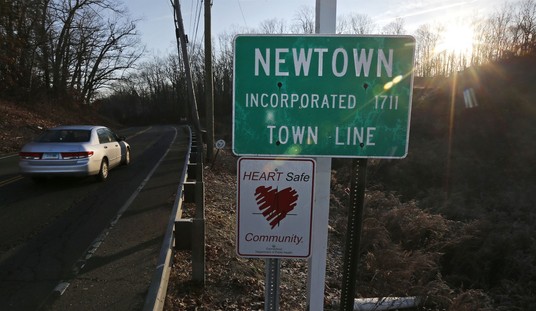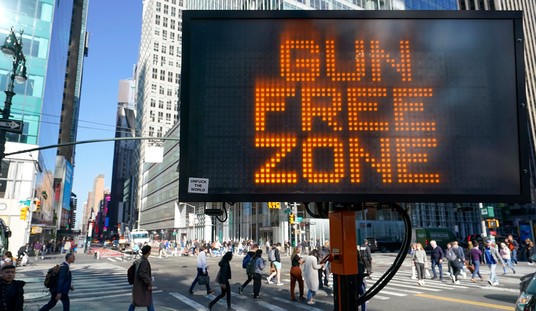Take a look at the media and try to ascertain just how many mass shootings are taking place in our nation each year. Good luck finding a straight answer.
After all, different entities use different definitions to determine what is and what isn’t a mass shooting. As a result, those numbers vary wildly. In fact, I’ve argued that some are horribly inflated on purpose, just to push a certain policy position.
But over at The Reload, Stephen Gutowski took a look at all the different groups putting numbers together and why it matters.
Each approach has different strengths and weaknesses.
The main problem with the broader count is that it includes many shootings that many Americans wouldn’t think of as “mass shootings.” In fact, it’s likely the vast majority of the 146 attacks don’t resemble somewhat random attacks on groups of people in public by a lone gunman. Instead, many are crime-related incidents or gang shootings–critical issues to find solutions for, but not the same problem as something like Uvalde or Las Vegas.
He also notes later that because of the nature of how Gun Violence Archive counts mass shootings is that they’re more likely to fluctuate due to fluctuations in violent crime as a whole, whereas mass shootings are typically independent of such things.
The USA Today count suffers from a similar but less pronounced problem. It captures a phenomenon that’s sadly even more common in American society than randomized public killings: domestic murders. Most of the 15 events it chronicles are incidents where someone murders their entire family in their own home–another type of killing that’s important to find strategies to prevent, but still different from the attacks in Parkland or El Paso.
The TVP count, which is the most restrictive, does a better job of capturing the events most Americans would understand as “mass shootings.” It is a list of almost all the “mass shootings” that have received in-depth national media coverage. In addition to the Louisville bank attack, TVP’s count includes the two mass shootings experienced by Asian-American communities in California earlier this year and the murder of six people at a Christian school in Nashville late last month.
Of course, the restrictive nature of the TVP count has its own drawbacks. It only provides insight into mass shootings where the perpetrator actually accomplished their goal of killing many people. The FBI’s active shooter report suggests a number of people each year who attempt to carry out such an attack but are unsuccessful at killing many people for various reasons. Sometimes this means that shootings that look a lot like what people would think of as “mass shootings” and garner significant national attention, such as February’s deadly shooting at Michigan State University, don’t make the list because it doesn’t pass the grim milestone of four killed.
Gutowski does note, however, that The Violence Project’s numbers tend to give us a slightly better idea of the problem than most other numbers that equate things as mass shootings that aren’t what most of us would consider such.
As a result of this misunderstanding, though, we have a harder time actually communicating on the issue of mass shootings. Do we have 146 or three? If we can’t agree on the numbers, there’s no hope in hell of agreeing on the solutions.
Yet as noted above, the broader definitions include things that have different causes–and, as such, will require different interventions–than mass shootings.
While I agree that TVP’s definition leaves out incidents like Michigan State that likely should be included, it’s still the only used definition out there that remotely focuses on mass shootings themselves. As such, it’s pretty much the only useful definition out there, in my opinion.
Especially since it’s the one that lets us examine this problem as it is rather than muddying the water up with a whole bunch of other incidents that aren’t really all that similar.







Join the conversation as a VIP Member